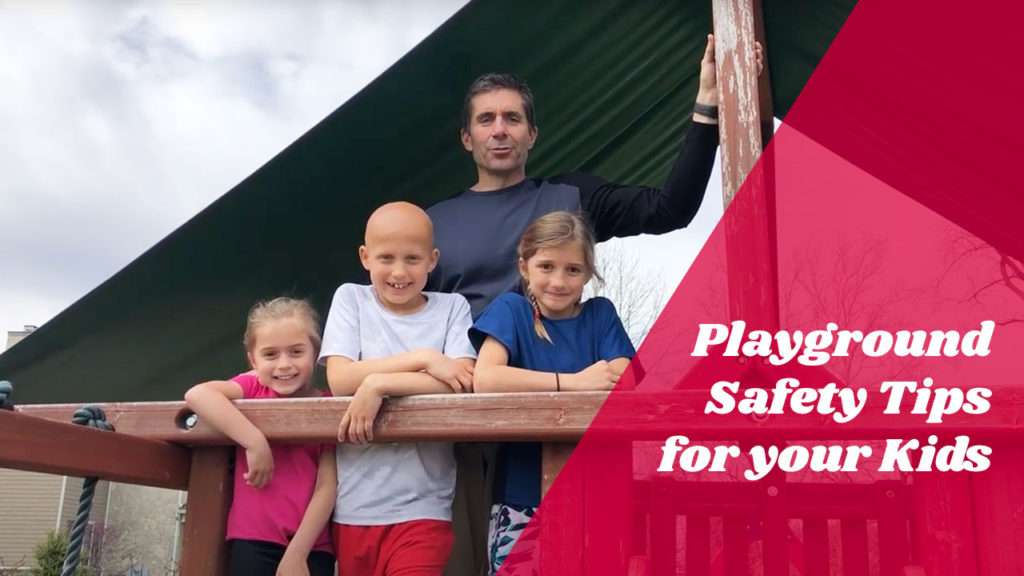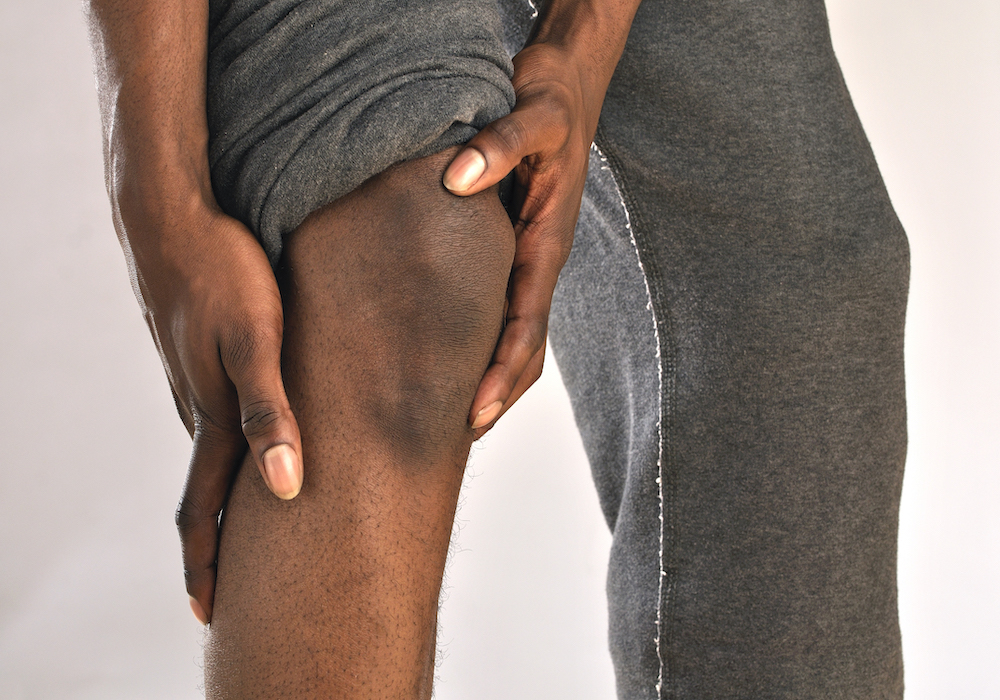THIS IS PART OF THE ULTIMATE GUIDE TO SCOLIOSIS
Neurofibromatosis affects the growth and development of nerve cell tissues, which can cause tumors to grow on nerves. In turn, it can affect many systems in the body, such as the skin, bones and brain.
Read on to learn more about this disorder and how it’s linked to certain spine conditions, including scoliosis and kyphosis.
How does it affect the body?
Neurofibromatosis can cause skin changes, bone deformities and other problems. The tumors developed, called neurofibromas, are usually noncancerous (benign) and grow on nerves within the body and sometimes under the skin.
In many cases, symptoms are present at birth or develop during childhood. Some people have symptoms that are not noticeable at all. On the other hand, some symptoms cause significant disability.
Types of neurofibromatosis
Neurofibromatosis is a genetic disorder. An abnormal gene causes each form of the disease. There are two types of this disorder:
Neurofibromatosis type 1 (NF1)
NF1 is the most common form of the disease. Also known as von Recklinghausen disease, it affects nerves of the outer parts of the body.
Symptoms typically develop early in life, and they can include:
- Multiple birthmarks
- Multiple tumors on the skin or deep within the body
- Lisch nodules in the eyes
- Delayed in learning to walk
- Speech problems
- Oversized head
- Hypertension
- Scoliosis
- Congenital pseudarthrosis of the tibia
Neurofibromatosis may cause tumors on or around the spinal cord, which can cause pain and weakness in severe cases.
Scoliosis (an irregular side spine curvature) and kyphosis (a rounded or forward angulated back) occur together or separately in about one in every five people who have neurofibromatosis type I.
Neurofibromatosis type 2 (NF2)
NF2 is a less common form of the disease. Also known as bilateral acoustic neurofibromatosis, NF2 primarily affects the central nervous system, causing tumors of the brain and spinal cord.
Symptoms typically develop in the teens or early twenties. They may include:
- Hearing loss
- Auditory nerve tumors
- Ringing in the ears
- Headaches
- Facial pain/numbness
- Trouble with balance
Physician examination
After a complete medical history review, your physician will perform a physical exam to look for changes in the skin or the presence of tumors or bone abnormalities.
Your physician may recommend diagnostic tests, including:
- X-ray
- MRI
- Biopsy
Make an appointment with a pediatric spine specialist
Can the condition be cured?
There is no cure for neurofibromatosis. Treatment focuses on managing symptoms and preventing complications.
Regular medical evaluations from a team of caregivers (orthopedic surgeons, neurologists, dermatologists and radiologists) optimize patient care.
Treatments for orthopedic problems related to scoliosis include:
- Bracing
- Spinal fusion surgery

Pseudarthrosis of the tibia treatments include:
- Bracing to protect from bone fracture
- Surgery to correct broken bone
Watch Dr. Schwartz perform scoliosis surgery (warning: graphic content)





